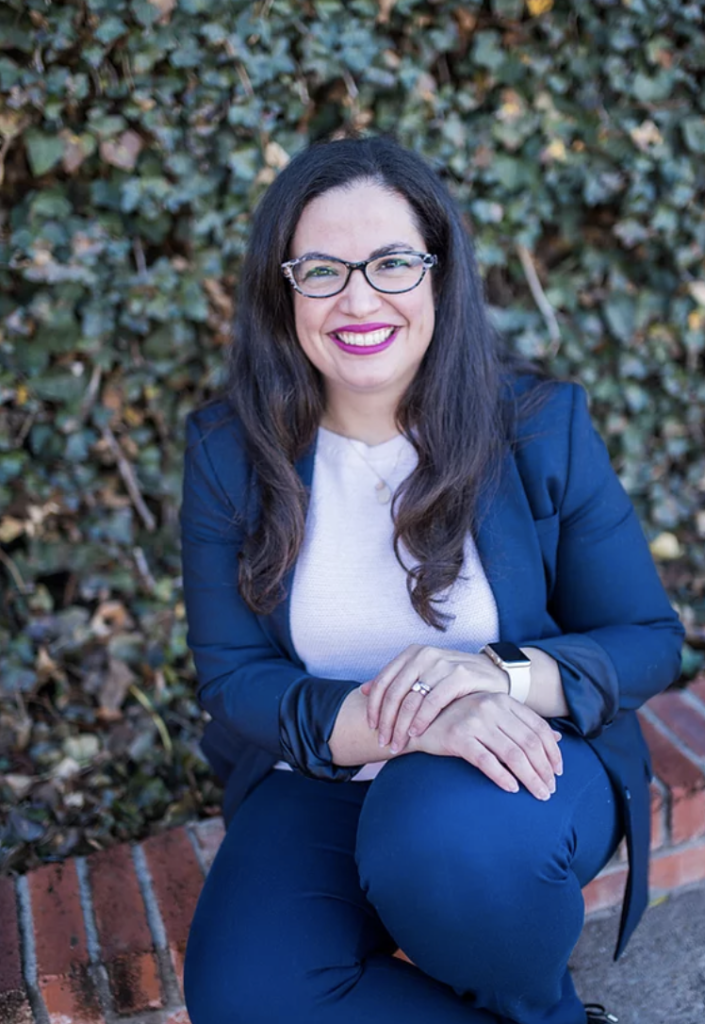

The following is from Kissi Blackwell, MD, which was published on the Texas Academy of Family Physicians website:
Recent events have shed light on the existing difficulties facing family physicians and have revealed the fragility of the current healthcare system. The SARS-CoV-2 pandemic has devastated our health care delivery process, and many family physicians are facing the difficult decision to close their doors or contend with salary reductions due to sharply decreased face-to-face visits. Now, more than ever, patients are valuing visits that can take place outside of the exam room, and, unfortunately, reimbursement has been severely lacking for virtual visits for traditional fee-for-service practices.
In the midst of all this uncertainty, there has been an inherent need to shift the way we approach primary care delivery and payment. In a time where we stand to lose thousands of primary care physicians to financial difficulties or retirement forced upon them by the current situation, we owe it to our profession to find a better way.
I transitioned into direct primary care, or DPC, from an employed position in July of 2017. Despite being a lot of hard work and keeping hours not much different from my employed position, it has been extremely gratifying, both professionally and personally, and exponentially so during recent events.
As a DPC practice, our day-to-day schedule has not changed much during the shutdown, save for seeing a few less patients for in-office visits. Fortunately, none of our patients have left the practice, meaning our revenue has stayed stable.
Even before the pandemic, many of our visits were conducted virtually through phone, text, email, or video chat at no extra cost. As a result, patients were already well-acclimated to this type of care and did not find it difficult to transition to mostly virtual visits during stay-at-home orders. Many patients expressed their gratitude and relief to be a part of this practice model where they were not worried about how they would get care nor about being exposed in a busy office.
As you might imagine, my experience is not at all unique. During the course of the pandemic, DPC practices have found themselves minimally impacted in a situation where fee-for-service practices have struggled. Fortunately, transition into DPC can be a feasible option to help practices restore viability and break free from restrictions and regulations.
DPC simplifies health care delivery, taking the focus away from visit volume and reimbursement, and allowing practices to focus on patients and their needs. When reimbursement is not tied to individual visits, patients and physicians are free to have as much contact as required, whether in-person or virtual. Problems can be followed and resolved in real time instead of fragmented into spaced-out visits. Physicians become invested in people, and patients learn to trust their physician again. This translates into significantly decreased ER and urgent care visits, decreased hospitalizations, increased patient satisfaction, and increased physician well-being, as found in a recent study done through Milliman by the Society of Actuaries and attested to by the hundreds of physicians already in DPC practice.
Four years ago, I knew I had to make a change. Seeing patients every 10 minutes, working long hours to get documentation done, dealing with denials and insurance requirements, and all the while being pushed to do more and more left me exhausted and mentally drained.
That year, I decided I needed to explore the option of direct primary care and attended the DPC Summit in Kansas City. I had never been more blown away by the genuine compassion, encouragement, and alacrity of the physicians making up the DPC movement. Could this be real? Physicians cheering each other on and helping each other thrive?
Over the past four years, I have come to find it is absolutely true, and I am now proud to count myself among those physicians, paying it forward to many others as a member of the Advisory Board of the Direct Primary Care Alliance. Direct primary care has restored my love of the medical profession and has given me the professional satisfaction that is so lacking in the current health care climate.
My sincere hope is that those physicians looking for a lifeline know that there is support and boundless resources to aid practices in their transition among the DPC community and specifically through the DPC Alliance, graciously supported by TAFP. These resources include our recent statement regarding the restoration of primary care, a comprehensive startup checklist, Mastermind events to allow participants one-on-one time with DPC mentors, live learning events and group chats through social media, a directory of DPC practices with job listings available, and DPC University where readers can find everything there is to know about starting and running a DPC practice. All of these resources have been created by DPC physicians for DPC physicians.
There is another way. The time to change is now. Let us help you find the light in the darkness.
This is why we need to keep sharing our stories about Direct Primary Care. Please send them to us via the submissions page or email us at Support at dpcnews.com.